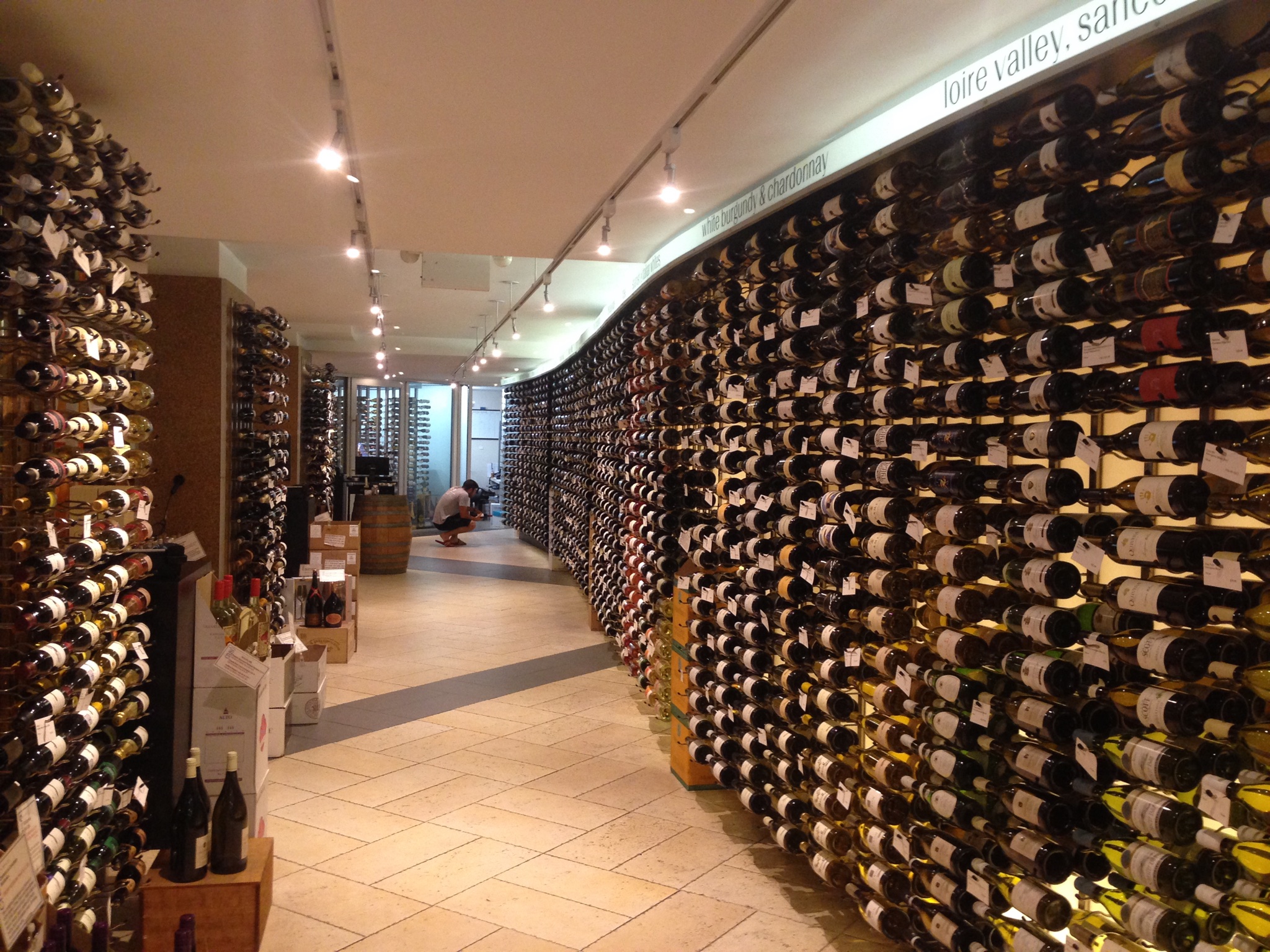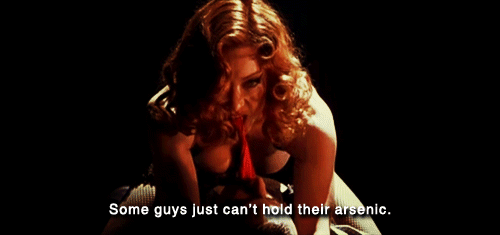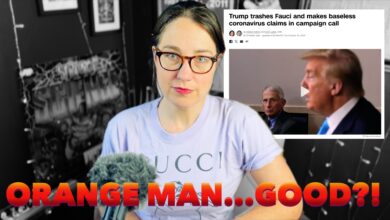Toxic Wine! A Case of Arsenic

I emerged from SkepchickCon at ChiFi to find the world’s cheap wine drinkers in an uproar over recent findings that certain cheap wines contain arsenic.
A class-action lawsuit has been filed against 28 wineries, including Charles Shaw (the makers of Two-Buck Chuck), claiming the wines contain trace amounts of arsenic. Since then, wineries have begun to dispute the claims, saying the arsenic levels fall far below unsafe limits and the lawsuit has brooked unnecessary fear in the process of implying otherwise.
As you might imagine, I have a few bubbles to burst (over a glass of Crémant de Loire, naturally). First of all, it’s not fair to compare safe levels of arsenic in water to wine because, well, no one drinks as much wine as water, unless alcohol consumption is your superpower or you’re this guy.
And while the U.S. does not set safe arsenic limits for wine, Canada does, and none of the wines were found to exceed them. TJ drinkers, you’re safe.
Just like BPA and MSG, arsenic whips people into a frenzy because of the widespread and false notion that it doesn’t already show up in our everyday consumption.
As NPR’s The Salt was kind enough to note, there are trace amounts of arsenic in a lot of things. It’s “all natural”—just like sulfites!—and I find it pretty amusing that the same wines lambasted by “natural wine” proponents for being too “overproduced” are getting slammed for having a naturally occurring mineral in their product, even if it can be bad for you at much higher levels.
As with the big “scare” last year regarding wines made from mouse blood, the question to be asking with this arsenic business is: Why single out these particular wines? They’re some of the most recognized brands in the world, but that doesn’t mean they’re unique in any of their practices or ingredients. It’s simply more of a headline-grabber to target Barefoot and Charles Shaw than the mid-sized winery that only distributes regionally, because it affects more people, and they can’t test everything.
That brings me to the bigger problem in the wine industry: The Alcohol Tax and Trade Bureau (TTB) has a fairly rigorous label review process, but beyond “Contains Sulfites” and a rough estimate of the wine’s alcohol by volume, alcoholic beverages aren’t required to list their ingredients at all.
From the Bentonite clay that’s often used to “fine” wine after filtration to actually adding tannin to red wines to make them feel more structured, there are many steps to the process of making wine that don’t show up on a label. But as skeptics know, the “right to know” argument that’s so often used for food labelling is problematic because it assumes that customers have the knowledge and experience to deduce what’s harmful and what’s not.
I wouldn’t think of telling a plumber or a firefighter or a web developer how to do their job, but when it comes to food and health, laypeople love explaining to doctors, farmers, and chefs exactly what techniques and substances should and shouldn’t be used in their work. The “moms know best” line of thought has migrated to the wine world with the dawn of the natural wine movement, wherein wine writers have begun to champion consumers’ “right to know” without ever specifying what they’re to know—or whether the producers of these products have a right to know more.
Wine ingredient labeling would help a lot of people; notably, people with allergies and vegans. But I’d have to be clear on where it would begin and end before endorsing it. Do naturally occurring fermentation byproducts (like sulfites) get included? Does the oak treatment that gives wine its smoothness and warm spice flavors get listed? Many wines already list the type of grapes used; would yeast strains, which can affect wine flavor dramatically, be listed as well? And who’s going to teach the customers what all these things mean?
At this point I’d be in favor of wine ingredient listing specifically for things that occur in large enough quantities to be allergenic or that contain animal products. Beyond that, I worry that such labeling would feed into the culture of fear and conspiracy theorism that’s been at the heart of the anti-GMO movement. If the wine industry ever achieves the kind of public education campaign that would help customers make smart, informed, and rational decisions about what they drink, I’d be happy to reconsider, but as the arsenic debacle has shown, we’re not there yet.






Considering that arsenic bio-accumulates, if the water used to water the vineyards were more or less at safe standards, any wine you get out of those plants would be several times more concentrated, right? It takes many gallons of water to produce a few ounces of wine.
This is going to be another case where a court is going to have to de-facto rule on what the science says. I’m always scared when that comes up that they won’t rule intelligently.
This case and the apple juice case have prompted more investigation into what causes arsenic to get into wine and food, which will yield more data, but arsenic is as likely to be introduced via filtration methods and pesticides as through water in the vineyards.
Remember, too, that vineyards require very little water as compared to other agricultural products: http://www.motherjones.com/environment/2014/02/wheres-californias-water-going
Considering that alcohol is a proven human carcinogen, complaining about trace amounts of arsenic is hypocritical
http://www.ncbi.nlm.nih.gov/pubmed/22447328
The alcohol in wine is many times more potent a carcinogen than the arsenic it. In other words, if you tried to drink enough wine to give you cancer from arsenic, you would be dead from alcohol poisoning first. (so don’t try this at home!)
Yup! I feel bad always reminding people that the most dangerous thing in alcohol is alcohol, but it’s totally true.
Yeah but (as I’m sure you know) arsenic kills by stopping your ability to produce ATP, not by giving you cancer, so that’s a bit of a fallacious argument. Not that I disagree with the overall conclusion.
Reminds me of my cousin age 13 who was interested in chemistry experiments and knew his stuff. His mother spotted arsenic in the list of trace contaminants on an AR reagent he was using and a huge argument about safety ensued! This in an otherwise very rational family. Fortunately logic and reason eventually prevailed.
Yeah, they don’t kill you in the same way, but the alcohol in alcohol will kill you faster than the arsenic in alcohol (as far as we know).
Your cousin sounds awesome!
“Wine ingredient labeling would help a lot of people; notably, people with allergies and vegans. But I’d have to be clear on where it would begin and end before endorsing it.”
I’d definitely be okay with them listing how much sugar is in it. Companies have been quietly raising the sugar content of wine over the last few years. I think “grams of sugar” is something that most people could grasp if it was on a label.
Not necessarily! Sugar from the grapes is converted to alcohol during fermentation, and it’s true that grapes for mass-produced wines have been growing riper and riper these days––but that typically translates into higher alcohol (which can make it taste sweeter), not residual sugar.
Many wines, notably rieslings, do have small amounts of residual sugar, and rieslings commonly list this on the bottle, but there’s no standard for how it’s listed in the US. (The German system gives a rough idea of how much sugar is in the finished wine by labeling both the ripeness at harvest and the alcohol content, but German wine labeling is its own laborious post.) The label might say “0.2% RS” or “RS: 2 g/L,” which means it contains 2 grams of sugar per liter of wine. That doesn’t sound like much to the average customer, since a standard bottle of wine is 750 mL.
But as anyone who’s gotten drunk on rum and Coke or worked a tasting room at a New York winery that sells sweet Catawba knows, sweet-wine drunk, when the dehydrating effects of alcohol are combined with the effects of sugar consumption, is not pretty.
Interesting. Thanks for the knowledge!